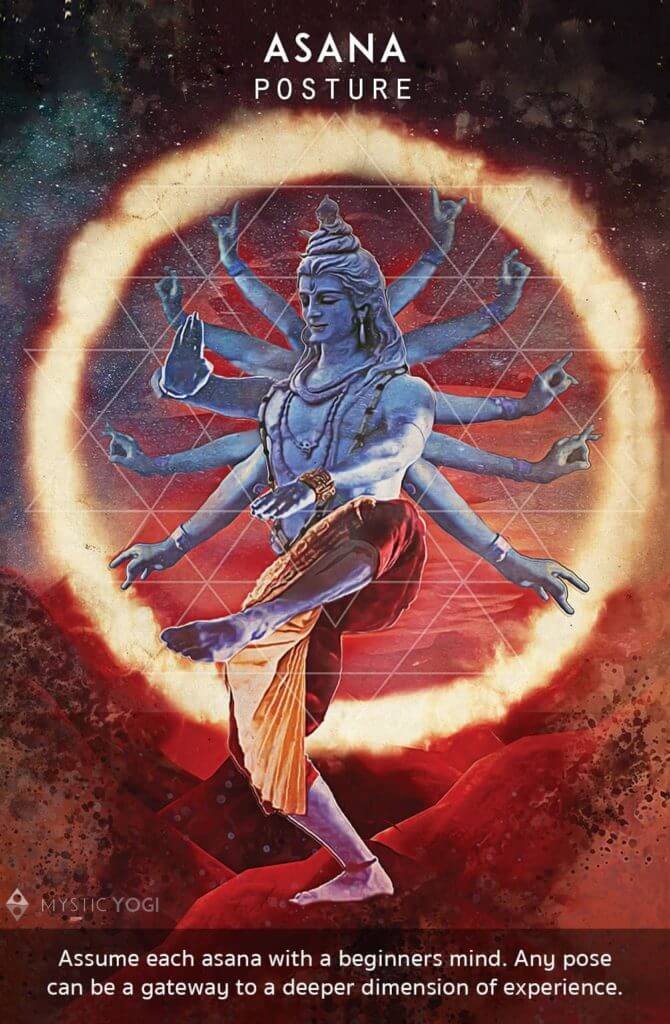Ishvara Pranidhana – Devotion & Surrender
‘Ishvara’ is a Sanskrit word that can be translated to mean supreme, or personal, God. ‘Pranidhana’ means to dedicate, devote, or surrender. Card Symbology: The feminine and the masculine qualities live within us all and seek integration, which is found by turning towards the Source. To surrender means to reveal our naked form and devotedly […]
Ishvara Pranidhana – Devotion & Surrender Read More »







